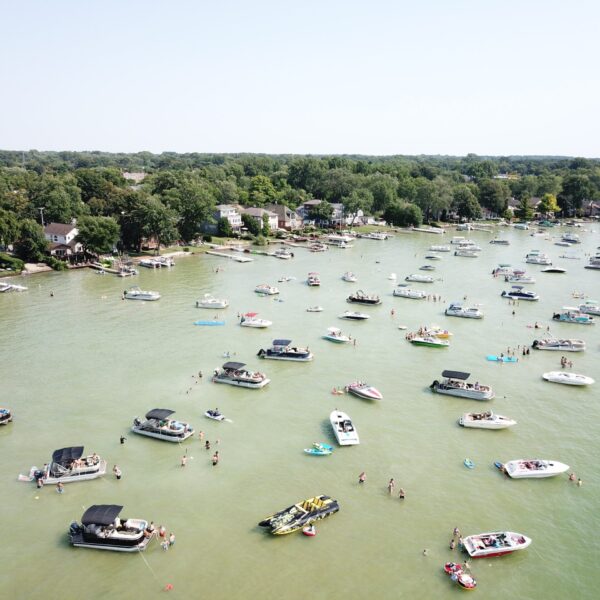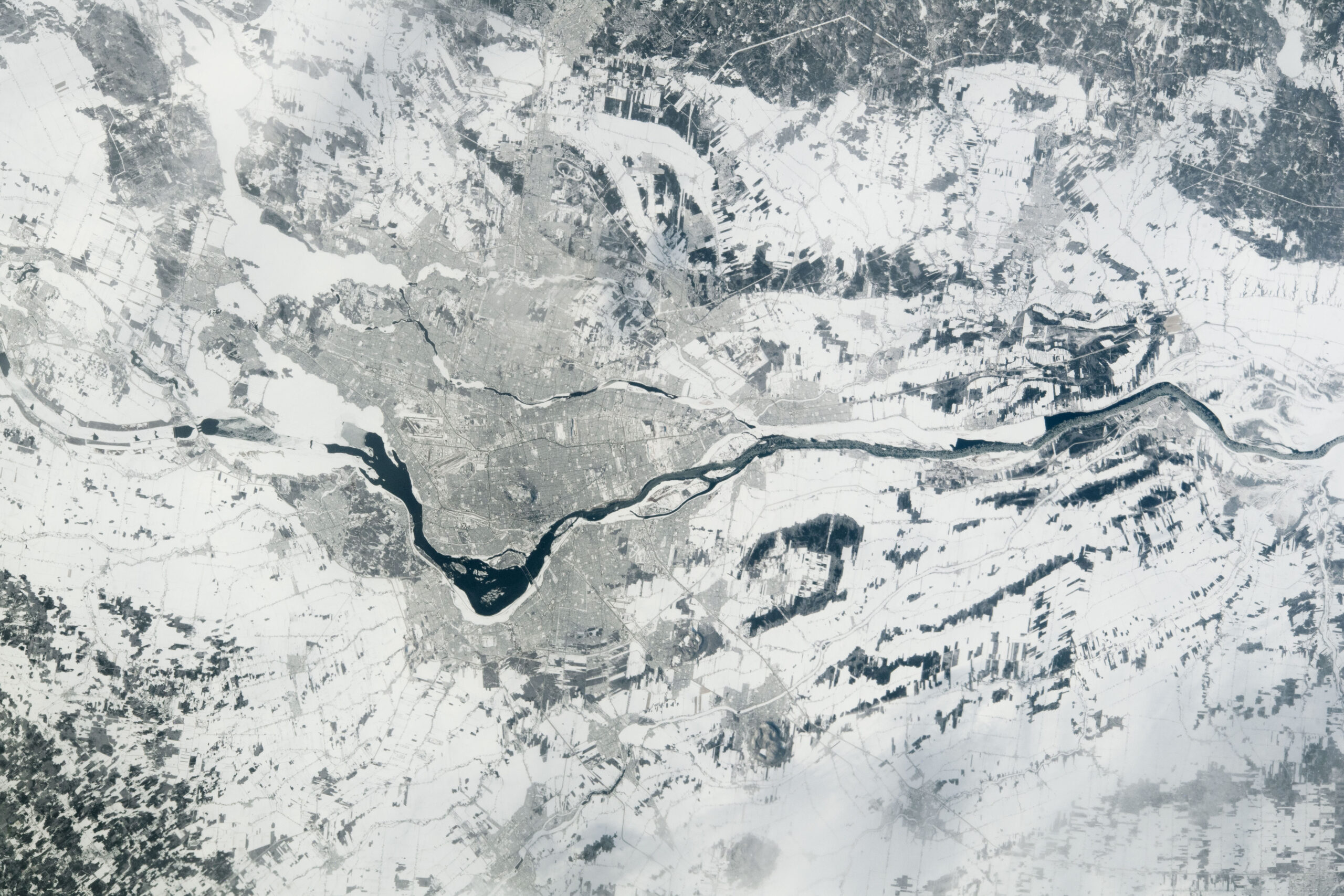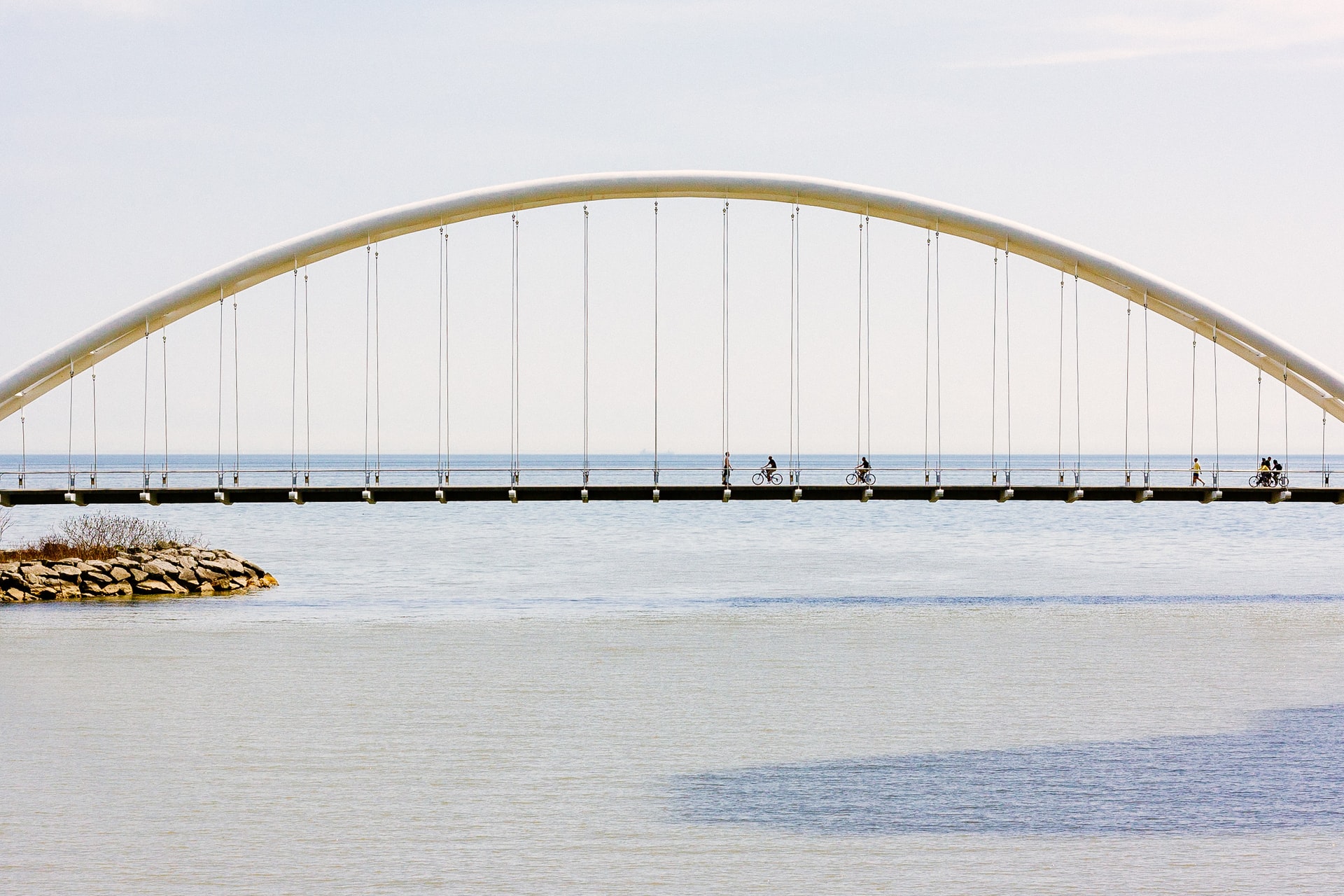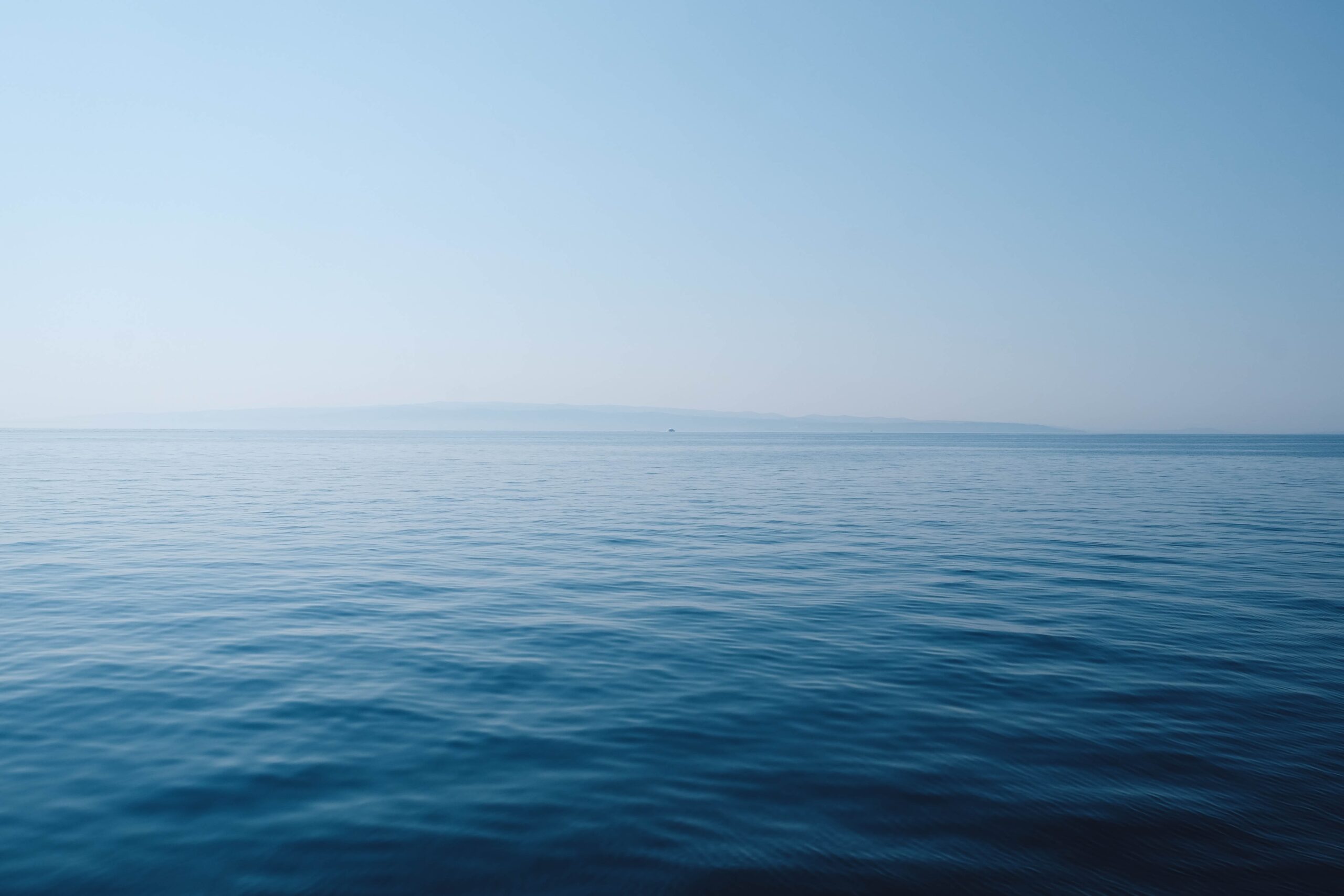Great Lakes Observing System (GLOS) support projects aimed at increasing service delivery through expansion of year-round observations and analysis of their impact.
GLOS is using funds to boost the resilience of coastal communities, economies, and ecosystems, by developing tools to put actionable information in the hands of more people for decision-making, and increase the shared understanding of climate-induced coastal impacts to the Great Lakes. This effort will require community engagement, outreach, and co-production of knowledge that communities and stakeholders can readily use.
Projects include the expansion of capabilities of Seagull, GLOS’ information technology platform, based on community feedback, as well as development of a lightweight application focused on Great Lakes Beach safety and custom deployments of Seagull. Additional projects focus on coordination with the Smart Great Lakes Initiative (SGLi), Indigenous Great Lakes Network (IGLN), augmentation of the Great Lakes Acoustic Telemetry Observation System to include additional parameters, and collection of ice thickness measurements from ice anglers to help validate ice modeling efforts.
Year-Round and Winter Observations
Much of the real-time observing equipment in the Great Lakes is seasonal – getting deployed in spring and recovered in fall. This is because the harsh Great Lakes winter conditions are not favorable for the equipment, particularly during icy periods. So while this seasonality of equipment is important, it also creates a gap in our near real-time information of the Great Lakes during the “shoulder” seasons (late fall and early spring) and winter.
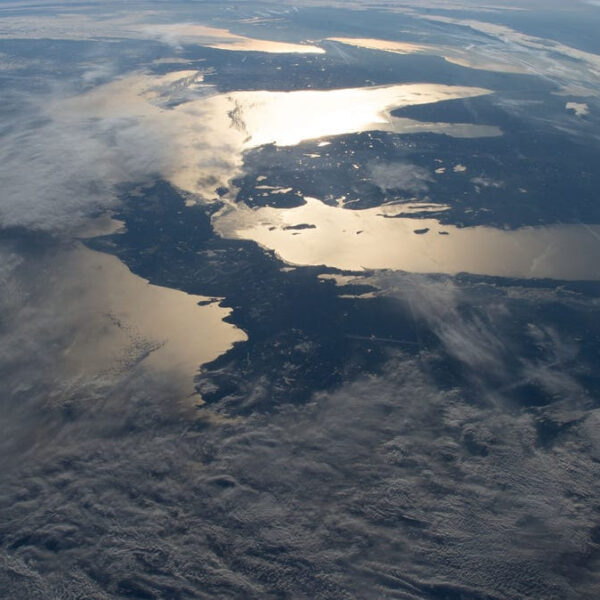
Summertime
Near real-time observations:
In recent years, there have been advances to improve robustness of the equipment and ways we transmit the data. GLOS plans to continue to support these improvements to establish year-round near real-time observing sites where anyone can access up-to-date condition information of the Lakes.
Ice Thickness Monitoring
To support year round observations, in an effort to better coordinate and deploy observing assets and sensors, GLOS is establishing ice thickness data collection.
GLOS proposes to develop a community science data collection that is closely tied to the needs of hydrodynamic modelers. Initial stages of the project will be spent developing collection protocols and a simple data submission form, initial piloting of the work, and data delivery to the modelers for evaluation. Throughout the project GLOS will coordinate with partners engaged in year-round observations to gather information on potential mechanisms to sustain the year-round observing capacity developed with this funding.
Communities of Practice Listening Sessions
Building a strong, diverse, and active partnership network is critical to ensuring that GLOS activities are relevant, proactive, and successful in addressing the observing and information needs of the Great Lakes region.
Effective governance for coastal resilience is challenged by fragmented governance in the Great Lakes region and coastal zones that has not historically included tribes as decision partners; the need for responsive big data and machine learning that affirms tribal sovereignty and augments traditional ecological knowledge, and; the need for bottom-up tribal led collaborative governance processes. Addressing these challenges requires the development of responsive big data and machine learning systems that respect tribal sovereignty and augment traditional ecological knowledge, as well as fostering bottom-up, tribal-led collaborative governance processes. Thus, GLOS will support two Community Data Governance Workshops.
The goal of these workshops is to understand Tribal data needs and data sovereignty approaches related to GLOS data platforms, give an overview of the Seagull platform, and provide an opportunity for those interested to sign up to work with GLOS to deploy a nested Seagull for their community.
GLATOS Mooring Augmentation
This information will be updated as the project develops
Water levels, waves, and webcams
This information will be updated as the project develops
